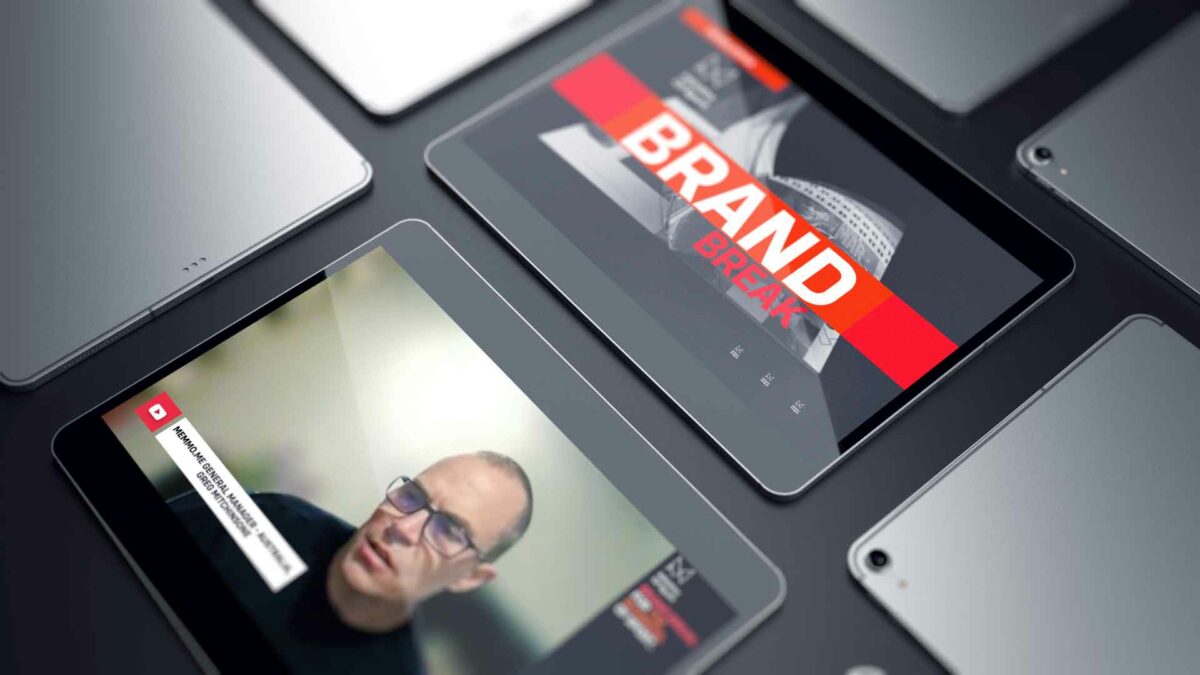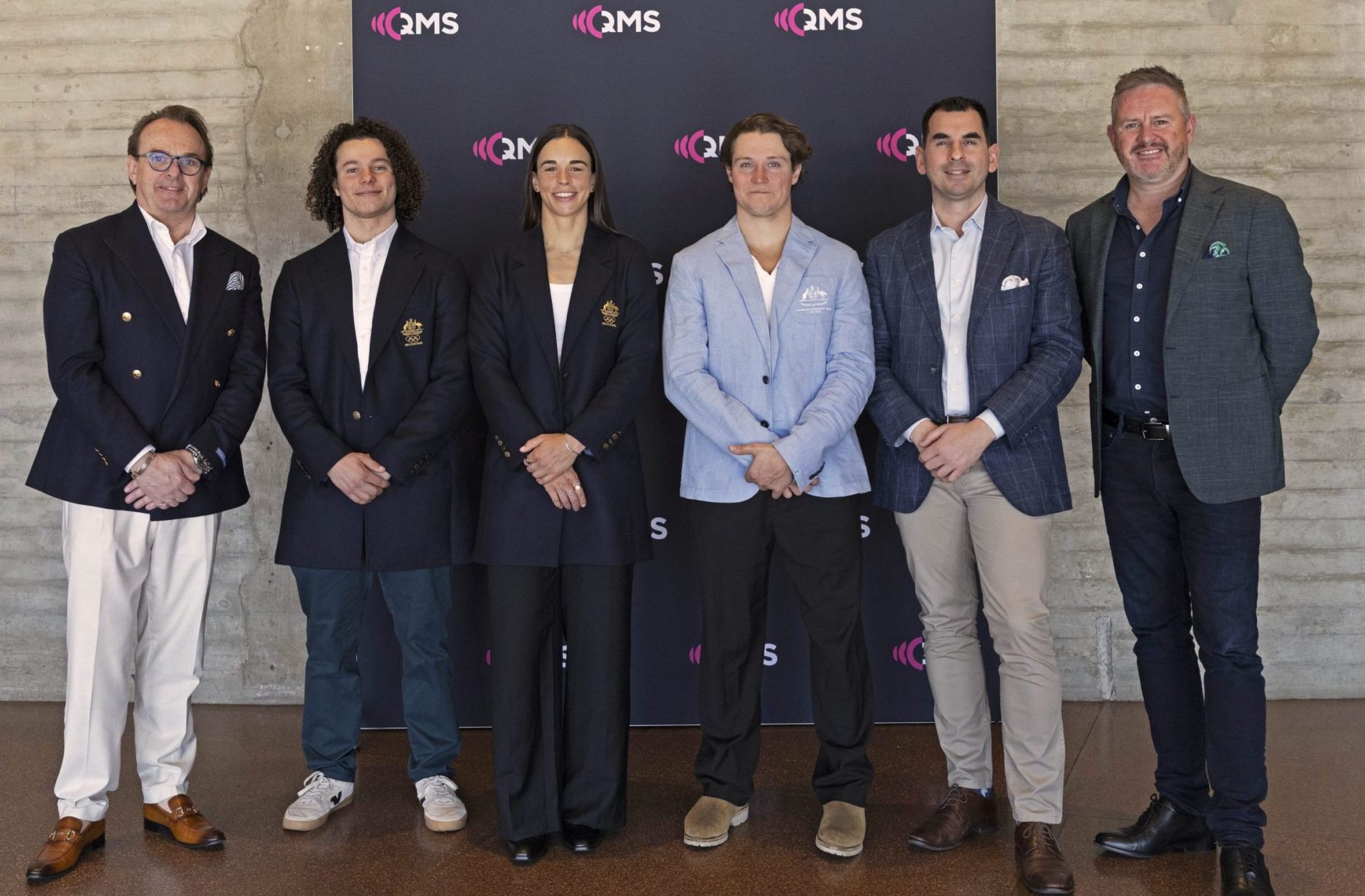After recently partnering with iNDEMAND to help build and launch the first streaming pay per view (PPV) platform offering interactive fan engagement during live-action sports events, PPV.com, Kiswe CEO and president, Mike Schabel, spoke with Ministry of Sport.
Revealing how the partnership with iNDEMAND and the development of PPV.com came about, Schabel said there was a new market for digital engagement with live broadcasts.
“We’ve known and have been lucky to know the iNDEMAND team for a long time, they have over 30 years in the business as a market leader in the US with the distribution of really high quality PPV sports content on cable platforms,” Schabel told Ministry of Sport.
“They’re owned by Comcast, Cox and Charter, which are the huge cable networks in the US and they said, ‘hey lets go and create iNDEMAND as a joint partnership for the distribution of content for PPV’.
“They’ve been doing that for a long time and are awesome to work with.
“What they realised and identified is that there’s a new market that is reasonably sized that has been emerging for quite some time.
“They were looking for a really good partner to come in and help them with a digital equivalent of that experience and so we’re really lucky to have the opportunity to go in and create something for and with them to serve this on digital.
“We started with web and moved out to pretty much any imaginable connected device you can think of.
“I don’t think we’re hitting refrigerators yet, but who knows if it will get added to the list.
“The purpose is that every consumer, any screen, has all access to be able to watch these events.
“The key twist we bring is to make sure it’s not just about distribution down to consumers, which is your normal experience where you sit back on your couch, and you watch and enjoy it.
“What we’ve observed in the market and is appropriate here, when you go to a game in person, you’re yelling and screaming, and it affects the game.
“If you go look at another version on the digital side with something like Twitch, where it is as much about the audience as it is about the influencer.
“Those are the two reference points and what we’re missing is that digital equivalent for PPV content which captures that at-home audience that is passionate, screaming and yelling, and make them part of the event.
“We’re not only doing the PPV distribution for these live matches, but importantly, we’re finding ways to take that audience and include them in the event.
“That’s a live experience which is the future of video and we’re thrilled to be doing that with iNDEMAND,” he said.
Discussing the evolution of live broadcast and the growing opportunities for two-way communication for fans watching live broadcasts, Schabel said: “The market has been demanding this its just that the technology hasn’t been able to go and capture that.”
“It’s really hard and we need to acknowledge that trying to do a large PPV event where a bazillion people show up at the last second to buy an event, get in the door, and then watch it with an awesome experience is really hard.
“We’ve seen in the industry, and we’ve experienced where things can go wrong really quick if you don’t do it well with some of the biggest fights that have happened, so that step is really hard, and I think most people have been focused on reducing that difficulty.
“If I’m going to take a camera and turn it around and point it at all audience members and use their user-generated content as part of this big dynamic virtual fan camera, the reason that’s hard is the scale problem, but also a brand-safe moderation problem, because you now have to do live dynamic production with a bazillion content sources and you have to make sure you don’t end up with moments that are slipping through and end up back on broadcast.
“That can cause some real problems, so that’s why it’s been a slow touch for people to go after, because of the risks involved.
“We were lucky to work with some of the biggest events in the world and prove that we know how to do this in a brand safe way, and that’s really exciting,” he said.
When asked what advice he would give sporting organisations looking to capitalise on their live broadcast products and distribution, Schabel said utilising data is essential for host broadcasters.
“When we’re packaging our live audience, I call it a big virtual fan camera, it’s what you want to weave back into your production in a thoughtful way,” Schabel said.
“You don’t want to put it up there for nothing, you want to create moments around your virtual fan cameras to create excitement.
“Really zoom in on your distribution factor, if you’re distributing on certain big tech platforms, you will never see the data.
“You might see analytics, but you’ll never know who your actual fans are…
“I would encourage sporting organisations to be thoughtful about their value proposition back to their subscribers so that way they can capture the real data, respecting all the very important consumer privacy acts around there.
“Get the real data, not handles and likes and things like that, because you can’t sell a like a t-shirt.
“A lot of these lower tiers live on sponsorships and merchandise sales, so I would zoom in on that as key takeaways I’ve observed,” he told Ministry of Sport.







